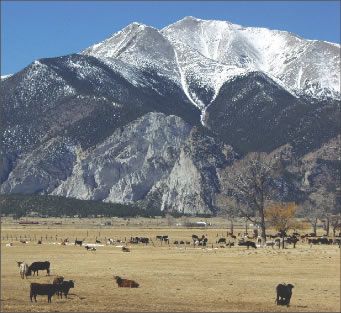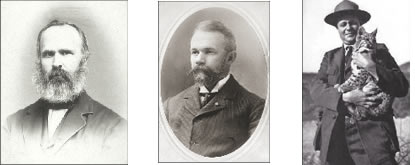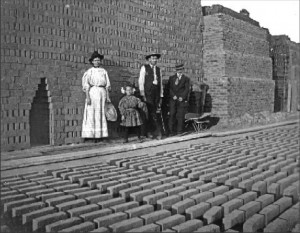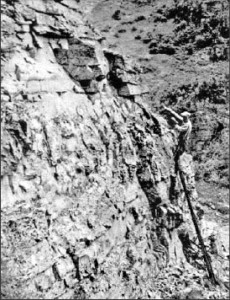How did the Collegiate Peaks, the towering mountains that soar above the Upper Arkansas River Valley, get their Ivy League names?
The tradition began in 1869 when members of the first Harvard Mining School class named 14,420-foot Mount Harvard after their institution while on expedition with Josiah Dwight Whitney, professor of geology at Harvard. The same group named the adjacent peak, Mount Yale after Whitney’s alma mater. The class was in Colorado that year to identify the highest point in the contiguous United States and to debunk rumors of an 18,000-foot peak in the Rocky Mountains.

The first recorded ascent of Mount Princeton was in 1877 by William Libby, professor of physical geography at Princeton University and that peak was reportedly named by Henry Gannett, chief topographer in a Wheeler-led government survey. (There was once a tradition between the alumni of Yale and Princeton to pile rocks on the top of their namesake mountains to ensure each’s mountain was taller – there is only a one foot difference in height between the two mountains).
14,073-foot Mount Columbia was given its name by climber Roger Wolcott Toll in 1916. Toll had attended Denver University and Columbia University and went on to have a noteworthy career with the National Park Service.

The last of the Collegiate Peaks to receive a scholarly name was 14,153-foot Mt. Oxford which, in 1931, was dubbed by Rhodes scholar John L. Jerome Hart, a Denver lawyer and climber who had spent a year at Oxford University.
– CC Staff



